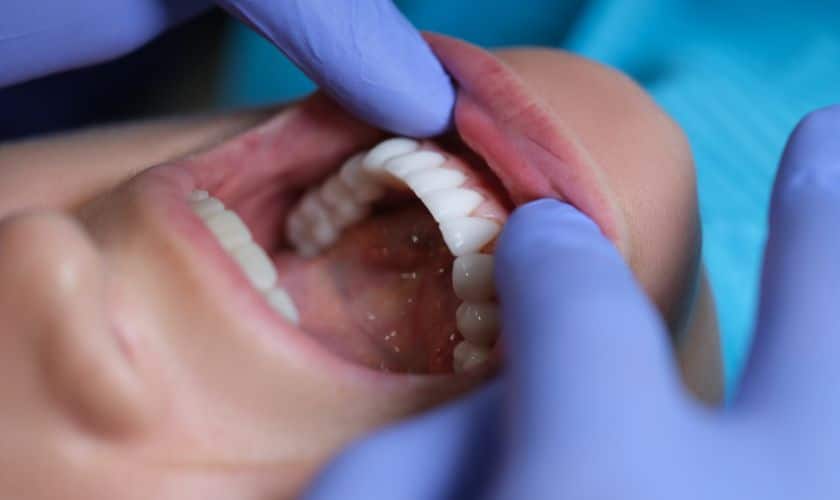Most people are familiar with cavities. In fact, over 90% of adults in the United States have had at least one in their permanent teeth, and dental caries (the condition that makes cavities possible) affects over half of school-aged children. A cavity describes a hole in a tooth caused by an internal infection, known as tooth decay, and can generate different levels of discomfort depending on its severity. Whether cavities are merely annoying or painful enough to disrupt your day, your Southlake dentist explains that the pain can warn you of impending danger. Left untreated, a cavity can consume the majority of your tooth, rendering it useless and requiring an extraction to prevent the spread of infection. Luckily, tooth decay and its resulting cavities are highly preventable with the right care and attention, and equally as treatable if spotted and addressed early.
How Teeth Develop Holes
Tooth decay, gum disease, chronic bad breath, and other potentially serious dental health issues typically arise from an excessive buildup of dental plaque. The sticky biofilm is a byproduct of oral bacteria, meant to protect the anaerobic (oxygen-less) germs from saliva and other natural oral defenses. When the bacteria in plaque accumulate, some of them consume and metabolize sugar and carbohydrates, turning them into acid that attacks the enamel surrounding and protecting teeth. The acid dissipates after 20-30 minutes, allowing teeth to replenish minerals and strengthen their enamel. However, poor oral hygiene and excessive snacking can allow acid erosion to outpace tooth enamel’s ability to recover. Over time, enamel can become too weak and compromised to repel cavity-causing bacteria, and small holes will begin to develop as decay settles into the tooth’s structure.
Preventing Cavities and Other Dental Issues
Tooth enamel is the first and strongest line of defense for healthy teeth, and effective dental hygiene focuses on preserving enamel by controlling bacterial dental plaque. Brushing and flossing your teeth at least twice a day removes plaque, bacteria, and food debris that can feed them. Use toothpaste that contains fluoride—a mineral that strengthens enamel by bonding to its surface—to help fortify your teeth’s defenses. Also, visit our office at least once every six months for a routine dental checkup and cleaning. A professional cleaning allows your dentist or dental hygienist to remove plaque that you may have missed, and is the only way to remove tartar, a calcified (hardened) form of plaque. If Dr. Wright spots signs of weak enamel or developing tooth decay, he can prescribe an appropriate treatment to preserve your tooth before a cavity forms and causes significant damage.
About Gregory Wright, DDS:
As a native Texan, Dr. Gregory Wright opened his private practice in Southlake, TX in 1992. He is happily accepting new patients from Southlake, Grapevine, Keller, Trophy Club, Colleyville, and all surrounding communities. To schedule an appointment with your cosmetic dentist, call our office today at (817) 481-7999.





